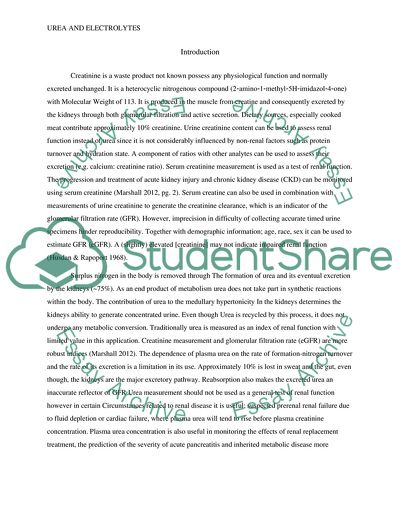Cite this document
(Measuring Metabolites in Plasma Samples by Flame Photometry and Spectr Research Paper, n.d.)
Measuring Metabolites in Plasma Samples by Flame Photometry and Spectr Research Paper. https://studentshare.org/biology/1867349-measuring-metabolites-in-plasma-samples-by-flame-photometry-and-spectrophotometry
Measuring Metabolites in Plasma Samples by Flame Photometry and Spectr Research Paper. https://studentshare.org/biology/1867349-measuring-metabolites-in-plasma-samples-by-flame-photometry-and-spectrophotometry
(Measuring Metabolites in Plasma Samples by Flame Photometry and Spectr Research Paper)
Measuring Metabolites in Plasma Samples by Flame Photometry and Spectr Research Paper. https://studentshare.org/biology/1867349-measuring-metabolites-in-plasma-samples-by-flame-photometry-and-spectrophotometry.
Measuring Metabolites in Plasma Samples by Flame Photometry and Spectr Research Paper. https://studentshare.org/biology/1867349-measuring-metabolites-in-plasma-samples-by-flame-photometry-and-spectrophotometry.
“Measuring Metabolites in Plasma Samples by Flame Photometry and Spectr Research Paper”. https://studentshare.org/biology/1867349-measuring-metabolites-in-plasma-samples-by-flame-photometry-and-spectrophotometry.


